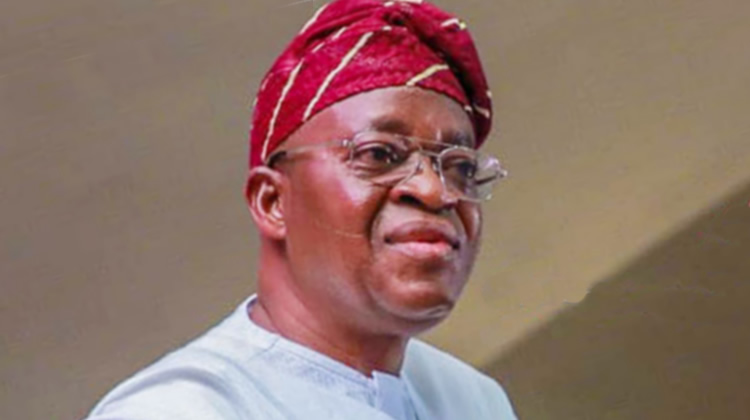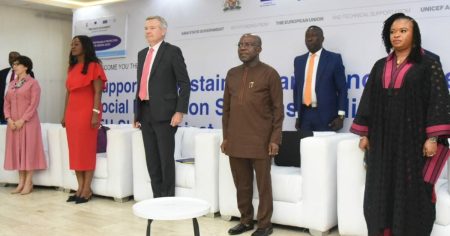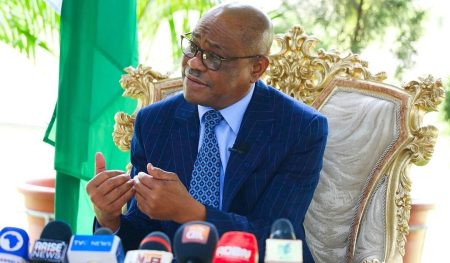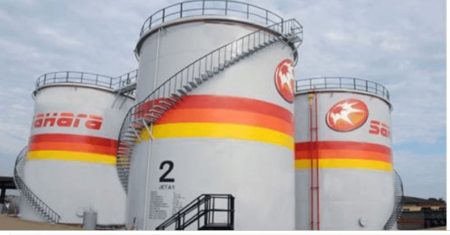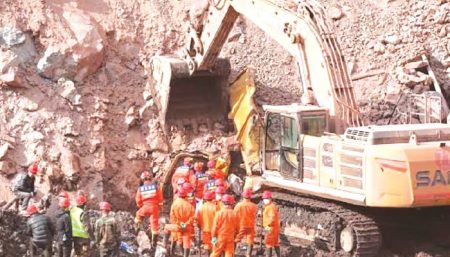Paragraph 1: The Shift in Nigeria’s Maritime Landscape
For years, Nigeria’s maritime activities were heavily concentrated in the Lagos ports, leaving the Eastern ports of Port Harcourt, Onne, Warri, and Calabar significantly underutilized. Despite their strategic location and proximity to key markets and resource-rich areas, these Eastern ports operated below capacity due to inadequate infrastructure and limited connectivity. However, a significant shift is underway, driven by reforms and incentives spearheaded by the Nigerian Ports Authority (NPA) under the leadership of Managing Director Dr. Abubakar Dantsoho. This renewed focus aims to reposition the Eastern ports as competitive gateways, easing congestion in Lagos, reducing transportation costs for shippers, and boosting Nigeria’s overall trade competitiveness.
Paragraph 2: Dantsoho’s Proactive Approach and Its Impact
Dr. Dantsoho has adopted a hands-on approach to revitalizing the Eastern ports, embarking on tours to attract investment and promote their potential. These efforts have resulted in expressions of interest for Port Harcourt, Calabar, and Burutu Ports, signaling a growing confidence in their viability. A significant milestone was the arrival of the Nigerian-owned MV Ocean Dragon at Onne’s West African Container Terminal, demonstrating the potential for increased intra-African trade and highlighting Nigeria’s growing role in the African Continental Free Trade Area (AfCFTA). The NPA’s commitment to integrating Nigerian producers with global markets and maximizing the benefits of proximate African trade corridors is evident in these initiatives.
Paragraph 3: Strategic Reforms and Tariff Adjustments
The NPA has implemented a series of strategic reforms, including new tariffs effective March 1, 2025, designed to reflect operational costs while maintaining competitiveness. This aligns with the authority’s 25-year master plan, which emphasizes automation, cybersecurity, and sustainability. A proposed ‘Green Craft Acquisition Fund’ further supports these initiatives by encouraging the adoption of environmentally friendly vessels, aligning with international maritime standards. Dantsoho’s leadership is driving these reforms, aiming to optimize efficiency and increase ship traffic to the Eastern ports.
Paragraph 4: Partnerships, Performance Metrics, and Incentives
Strategic partnerships are playing a key role in the Eastern ports’ resurgence. Hapag-Lloyd’s launch of a weekly service at Onne connects Eastern Nigeria to global routes, strengthening its position within the AfCFTA framework. Collaboration with agencies like the Nigeria Customs Service aims to streamline operations and reduce cargo release times, further enhancing efficiency. Performance metrics indicate the success of these initiatives, with increased service boat tonnage and larger vessels now calling at the Eastern ports. The projected revenue of N1.28tn for 2025, a significant increase from the previous year, underscores the positive impact of these developments. A new incentive regime, including discounts and streamlined processes for Eastern corridors, further encourages the use of these ports.
Paragraph 5: Addressing Challenges and Unlocking Potential
Despite the progress, challenges remain, including insecurity, shallow depths limiting larger vessel access, inadequate access roads, and the need for improved berth conditions and equipment. Stakeholders emphasize the importance of addressing these challenges to fully realize the Eastern ports’ potential. Dredging the River Niger to ensure year-round navigability is crucial for Onitsha Port and other inland waterways to operate at full capacity. This would reduce transportation costs, ease congestion on highways, and boost investor confidence in inland logistics. Further investments in infrastructure, security enhancements, and streamlining operations are necessary to maximize the economic benefits of the Eastern ports.
Paragraph 6: Stakeholder Perspectives and Future Outlook
Stakeholders across the maritime sector highlight the need for sustained attention and investment in the Eastern ports. The Oguta River Port project in Imo State, with its potential to handle a significant portion of Nigeria’s marine business and create numerous jobs, is cited as a prime example of untapped potential. Calls for regional collaboration among South-Eastern governors underscore the importance of a unified approach to port development. The NPA’s multifaceted strategy, encompassing infrastructure upgrades, equipment modernization, financial incentives, and strategic partnerships, positions the Eastern ports as key drivers of economic growth and diversification. The combined efforts of the NPA, government agencies, and private sector stakeholders are paving the way for a more balanced and efficient maritime landscape in Nigeria, with the Eastern ports playing a vital role in the nation’s economic future.





